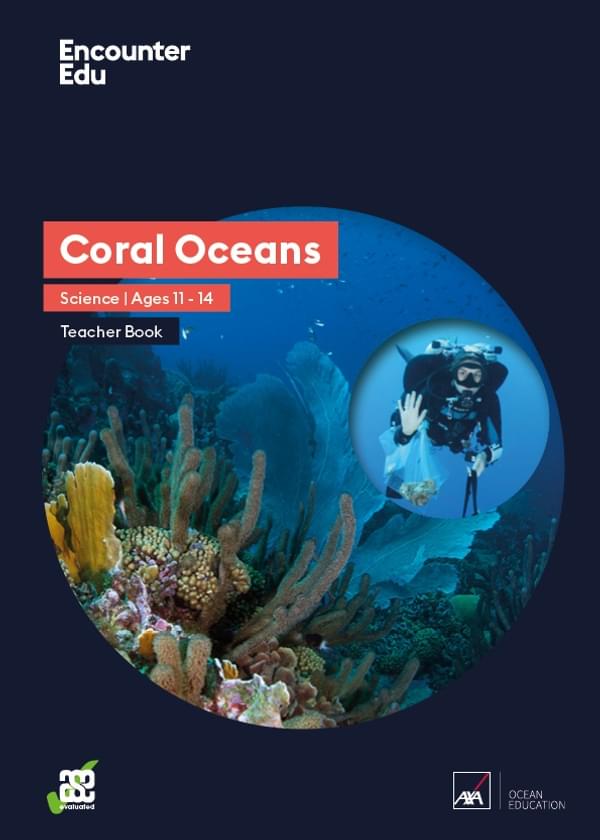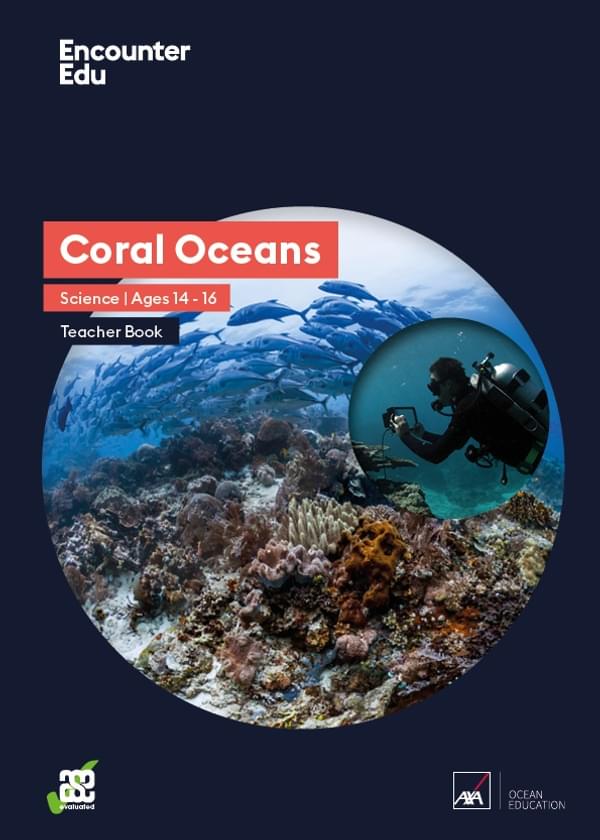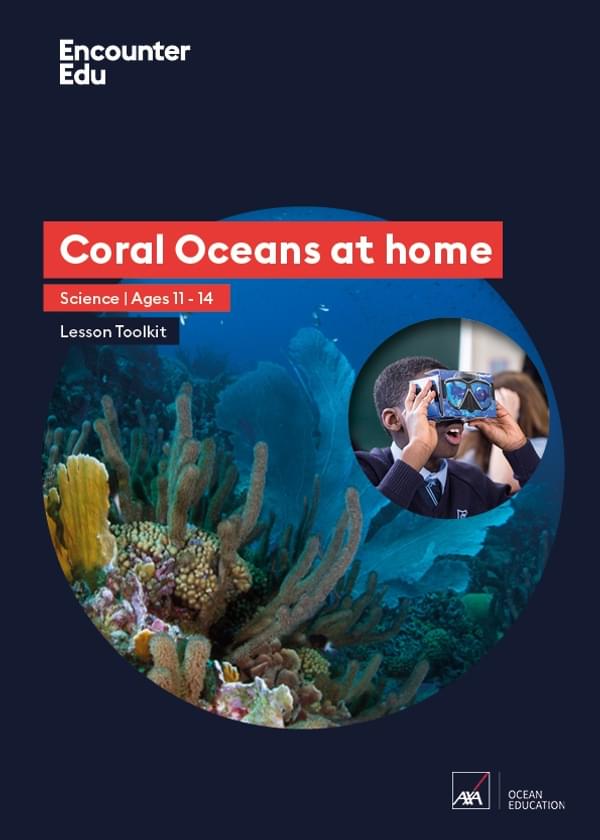What are coral reefs and why are they important?
What is coral?
A typical view of coral is the tropical coral reef, an underwater garden surrounded by multi-coloured fish, with maybe the odd dolphin, turtle or shark nearby. In fact, corals can be found across the world’s oceans in Sub-antarctic and tropical waters, in the shallows and at depths of up to 3,000 meters.
Wherever coral ecosystems are found, they are built up by an animal, the coral polyp. The polyp is a part of a group of animals known as Cnidarians that also includes sea anemones and jellyfish.
The typical shallow tropical reef is made up of the skeletons and structures of hard corals. These structures are created by colonies of coral polyps secreting calcium carbonate, the same mineral as chalk or limestone. As the coral polyps divide and grow, they continue to build the extraordinary structures that make up the reef.
How is life on the reef connected?
The coral reef has puzzled scientists for centuries. On his famous Beagle voyage, Charles Darwin was baffled as to how such richness of life was possible in the nutrient poor waters of the tropics. We now know that coral ecosystems cover less than 1% of the ocean’s surface, but support an astounding 25% of marine life.
There are two features of the reef that allow these amazing ecosystems to thrive in these nutrient poor waters. The first is that the coral polyps that make the reef are turbo-charged. Inside the coral polyps’ tissues live a type of algae, zooxanthellae, that provide the polyp with 70 to 90 per cent of its energy through photosynthesis, the process by which the sun’s energy is used to turn carbon dioxide and water into sugars.
The second feature of the reef that helps it to thrive is the intense interconnectedness of the ecosystem. Energy is efficiently recycled through feeding relationships. Sea cucumbers hoover the sandy bottom of the reef for dead and decaying matter. Parrotfish nibble at algae and coral. Larger predators such as sharks keep the balance of life in check. Mutual relationships such as that between the clownfish (aka Nemo) and the anemone enhance these connections.
 NASA
NASA
Where are coral reefs found?
Shallow tropical coral reefs are found in a band around the tropics. The polyps that make up the coral reef prefer water temperatures in the range between 23 and 29 degrees Celsius (73 and 84 degrees Fahrenheit). They also require very salty water ranging from 32 to 42 parts per thousand.
The water must also be clear to allow the maximum amount of light to penetrate, so that the zooxanthellae can photosynthesise and provide energy to the coral polyp. This need for light also means that coral reefs are mostly found in shallow waters, down to depths of 30 meters, with the coral of the twilight zone studied by the XL Catlin Seaview Survey deep reef team at depths down to 150 meters.
Other factors affect the distribution of coral reefs. River mouths often contain silt and so make the water cloudy, so there are few coral reefs near rivers. The coral polyp also requires a hard rocky sea floor to settle and grow and so coral reefs are not found in areas with a sandy bottom.
Why are coral reefs important?
Aside from their obvious visual splendour, coral reefs provide a number of other benefits to human life and the planet. These benefits are termed ecosystem goods and services, the things that an ecosystem provides (e.g. food) or does (e.g. climate regulation) that help human life. These ecosystem goods and services can be costed to put a value on the coral reef.
The total economic value of the reef has been estimated at an astounding USD 9.9 trillion per year (Constanza et al 2014). This is more than the annual Gross Domestic Product of the United Kingdom, Germany and France combined.
For the coral reefs, these goods and services are valued at over USD 350,000 per hectare per year. Some of the figures that make up this sum are surprising. The two highest values are for Erosion Prevention (USD 153,214 per hectare per year) and Recreation (USD 96,302 per hectare per year). Food only accounts for USD 677 per hectare per year. Other high figures include Genetic Resources at USD 33,048 per hectare per year.
Erosion prevention and genetic resources may sound abstract. Erosion prevention is the service that coral reefs provide for coastal settlements. 275 million people live near reefs and coral reefs protect over 150,000 kilometers of coastline in 100 countries. Imagine a storm and high waves coming in from the sea. The coral reef acts as a natural barrier absorbing this energy. Genetic resources refer to the fact that the coral reefs may prove to be the medicine cabinet of the 21st century with over half of all research into new cancer treatments focused on chemicals found in marine organisms.
The total value of the reef is difficult to estimate. Value from tourism may be high in one area and non-existent in another. The coastal protection offered by a reef may help cities near reefs but would not be a factor if the coastline were uninhabited. But what is undeniable is the critical importance of the reef to the lives and livelihoods of millions of people around the world.

Science | Ages 11-14
Coral Oceans
These resources for ages 11-14 are based on the journeys undertaken by science teams taking part in the XL Catlin Seaview Survey expeditions. Starting with the Great Barrier Reef in 2012, these expeditions seek to create a baseline survey of the world's reefs as well as more in-depth research on the deep reef lying between 30m and 100m.

Science | Ages 14-16
Coral Oceans
This Coral Oceans GCSE Science unit of work challenges students to think about the impact they have on coral reefs as they study their importance, the consequences of threats and how to protect them. The cumulative approach to this unit means students will develop skills throughout to complete a decision-making exercise in the last lesson.
